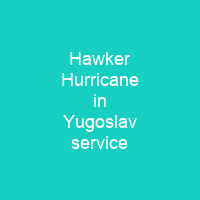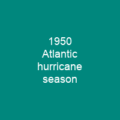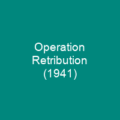Unveiling the Hawker Hurricane’s Yugoslav Legacy
Imagine a time when the skies of Yugoslavia were filled with the roar of fighter planes, each one carrying the hopes and fears of its pilots. In late 1937, the Royal Yugoslav Air Force (VVKJ) made an order for twelve Hawker Hurricane Mk I fighters. These aircraft would soon become a symbol of both strength and vulnerability in the face of impending conflict.
The Early Orders
In mid-1944, as World War II raged on, the Yugoslav Partisans formed two Royal Air Force (RAF) squadrons that operated Hurricane fighter-bombers. These aircraft would play a crucial role in the liberation of Yugoslavia from Axis forces.
The Hurricanes’ Arrival
Initially, VVKJ placed an order for twelve Hurricanes in early 1938, followed by another batch in mid-1944. The first batch was equipped with Rolls-Royce Merlin II engines and two-blade wooden propellers, while the second arrived later with Merlin III engines and three-blade variable-pitch propellers.
Operational Service
The Hurricanes were deployed in various roles by Yugoslav air units. At the start of World War II, 41 out of the original 44 aircraft were operational and ready for deployment during Operation Retribution. However, their first day was marked with limited success as they engaged German dive-bombers.
Engagement in April 1941
The following day saw the 2nd Fighter Regiment patrolling over central Serbia, while the 4th Fighter Regiment attempted to intercept German reconnaissance aircraft. Despite their efforts, the Hurricanes faced significant challenges, with several being hit by German fire and one crashing-landing after a pilot bailed out.
Final Days of Service
The VVKJ continued to disintegrate as German forces advanced. By April 14, only one Hurricane was still serviceable at Nikšić in Montenegro but it too faced Italian fighters and poor weather conditions. At least two Hurricanes were captured intact by the invading forces, marking the end of their service with the VVKJ.
Post-War Service
After the war, surviving Hurricanes continued to serve with various units in the Yugoslav Air Force until the early 1950s. One notable example is a Hawker Hurricane Mk IV on display at the Museum of Aviation in Belgrade, serving as a testament to its legacy.
RAF Squadrons
Yugoslav Partisan-manned squadrons within the RAF were established in Libya and equipped with Hurricanes. No. 352 (Yugoslav) Squadron operated from Zemunik airfield, flying missions over Yugoslavia until May 1945. No. 351 (Yugoslav) Squadron supported operations in northern Adriatic and was involved in hard fighting.
Conclusion
The Hawker Hurricanes of the Royal Yugoslav Air Force and later the RAF squadrons played a significant role during World War II, embodying the spirit of resistance and resilience. Their legacy lives on through stories of bravery and sacrifice, reminding us of the importance of air power in modern warfare.

You want to know more about Hawker Hurricane in Yugoslav service?
This page is based on the article Hawker Hurricane in Yugoslav service published in Wikipedia (retrieved on November 29, 2024) and was automatically summarized using artificial intelligence.







